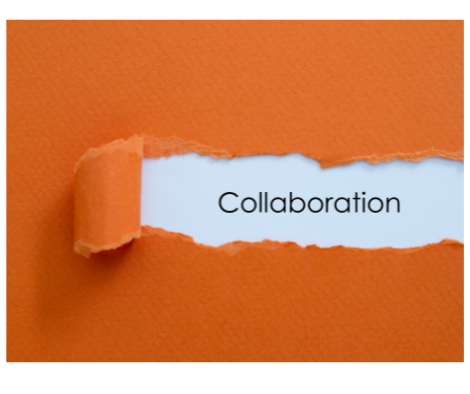Problem Solving + Initiative – The Dynamic Duo of Competencies
Today I would like to discuss what I call the dynamic duo of competencies: problem solving and initiative.
When these two particular competencies are combined, something magical happens. It reveals potential performance and/or development gaps that can pose a significant impact on the health and culture of an organization. I will explain my thinking by way of a simple scenario.
Scenario:
An employee recognizes they are experiencing difficulties performing their job duties.
Employee Proficient in both Problem Solving & Initiative
The employee researches professional development opportunities offered by the company or a 3rd party provider, gathers the information, meets with manager to discuss their knowledge gap and offers their recommendations of how to resolve the issue. The employee feels the organization cares about their development and are in an environment where they can grow.
Employee Proficient in Problem Solving but Deficient in Initiative
The employee is aware they need training and have found some programs they are interested in attending. Although they have not discussed this with their manager, they expect the manager to recognize the issue on their own and take the necessary action. If the manager does not, the employee feels ignored and unsupported.
Employee Deficient in Problem Solving but Proficient in Initiative
The employee recognizes they are are struggling to perform their job and asks their manager to help them. The employee does not offer any recommendations because they expect the manager to “fix it.” If the manager does not address the issue within the expected time frame, the employee becomes impatient and unhappy.
Employee Deficient in both Problem Solving & Initiative
The employee is frustrated they are not able to perform their job but is not able to determine why. They begin to feel they have been set up to fail and do not have the support they need, but they do not discuss these concerns with their manager. They are unfulfilled in their job and feel hopeless.
Deficiency in both competencies is the worst-case scenario, but you will notice that deficiency in either one has a negative impact on the employee’s experience thus affecting the organization. The scenario that I supplied is an easily identifiable and manageable issue but imagine how this plays out when major problems or conflicts occur within an organization.
Interviewing for this competency pairing
It is easier to get a deeper understanding of what makes a candidate tick and how they see the world when the interview is more conversational. Ask questions that reveal how they have managed an issue that had a significant impact on their happiness. This will give you a good idea of what natural steps they take to manage problems that affect them. This is indicative of how they problem solve and initiate positive action to resolve issues. Also, never be afraid to dig deeper if you are not sure whether they addressed your concerns. Perhaps, they did not understand what you were asking, or they are not accustomed to this form of interview.
Developing this competency pairing
To develop this competency pairing, it is important to communicate and demonstrate what it looks like in the organization. Show employees what both proficiency and deficiency look like by using real examples and then (as always), recognize and reward the high performers in this area of competency.


